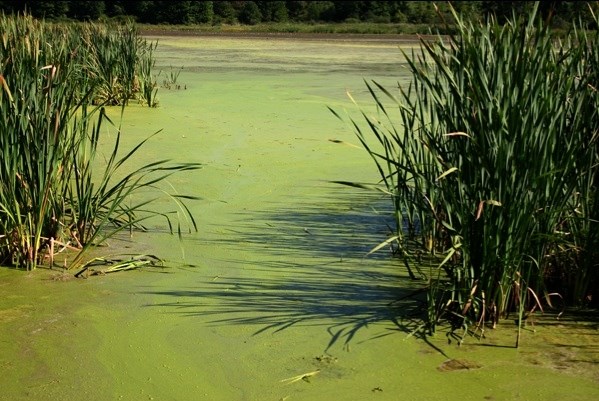A number of blue-green algae advisories remain in place for lakes in the St. Paul, Bonnyville and Smoky Lake areas.
The lake nearest to St. Paul with an advisory is just a short 15-minute drive from town, and one of the most popular campgrounds in the municipality. Stoney Lake has had an advisory for nearly the entire summer season, with Alberta Health Services putting notice on the lake on June 22.
Kirsten Goruk, a senior communications advisor with AHS, confirmed that all the North Zone blue-green algae advisories issued this summer remain in effect. Notice will be given when they are rescinded.
Moose Lake, located near Bonnyville was put under a health advisory on July 19. Residents living near the lake and visitors to the lake were advised to take necessary precautions, which are to avoid all contact with the algae blooms, avoid swimming or wading in the water, and limiting consumption of whole fish and fish trimmings caught in the lake.
Garner Lake, which is located between Smoky Lake County and the County of St. Paul was put under an advisory on July 13. Mons Lake, which is also within Smoky Lake County, had an advisory put on July 12.
The same types of precautions are noted for each of the lakes that have identified blue-green algae.
“Blue-green algae (cyanobacteria) is naturally occurring, and often become visible when weather conditions are calm,” according to information from AHS. “Appearing like scum, grass clippings, fuzz or globs on the surface of water, blue-green algae (cyanobacteria) can be blue-green, greenish-brown, brown, and/or pinkish-red, and often smell musty or grassy.”
The media releases for each lake also note, “People who come in contact with visible blue-green algae (cyanobacteria), or who ingest water containing blue-green algae (cyanobacteria), may experience skin irritation, rash, sore throat, sore red eyes, swollen lips, fever, nausea and vomiting and/or diarrhea. Symptoms usually appear within one to three hours and resolve in one to two days. Symptoms in children are often more pronounced; however, all humans are at risk of these symptoms.”
It is also noted that areas where the algae bloom is not visible on lakes can still be used for recreational purposes, even while the advisories are in place.
Lac La Biche Lake, located in Lac La Biche County, was also put under an advisory on July 15.
Locals can visit http://www.albertahealthservices.ca/zones/north-zone.aspx to get up to date information on blue-green algae advisories in the area.



